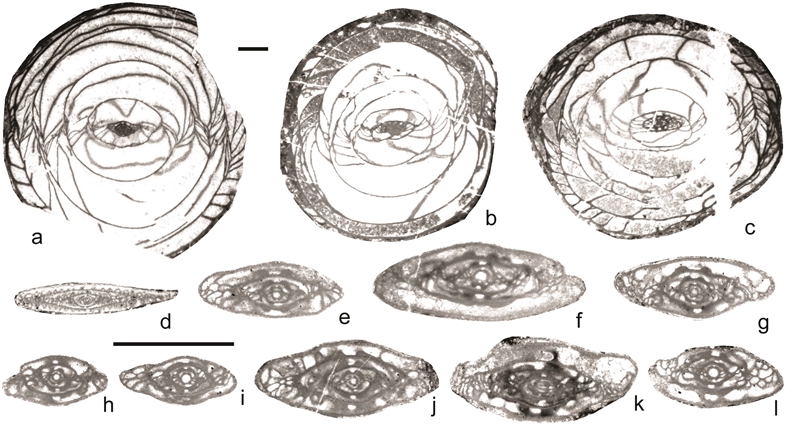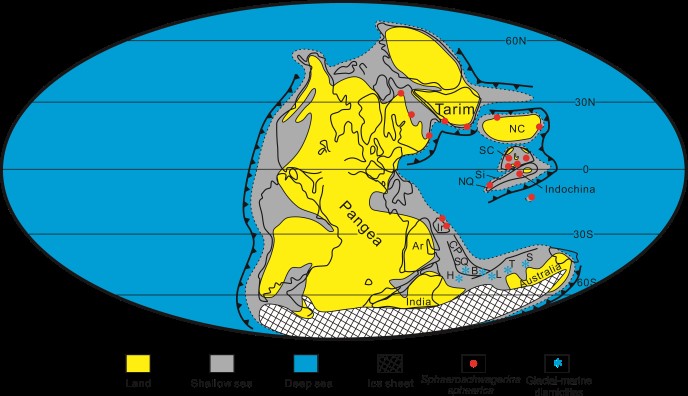The Qiangtang metamorphic belt covers an area longer than 500 km in central Qiangtang Basin from Shuanghu in the east and Gangma Co in the west. The origin and formation of this metamorphic belt have been highly contentious issues. Two basic but contrasting models, respectively the “in situ model” and the “underthrust model”, have been proposed to explain the formation of this belt. The “in situ model” holds that the Qiangtang metamorphic belt represents the location of the Longmu Co-Shuanghu suture zone along which the South Qiangtang Block was subducted beneath the North Qiangtang Block during the Middle-Late Triassic. By contrast, the “underthrust model” envisages that this metamorphic belt represents the palaeotethyan oceanic lithosphere that was underthrust about 200 km southwards along the Jinsha suture and exhumed in the interior of a single “Qiangtang Block”. A key method of examing the validity of either model is to determine whether the late palaeozoic strata and palaeobiogeography both north and south of this metamorphic belt belong to the same block.
Dr. ZHANG Yichun from the Late Palaeozoic team of Nanjing Institute of Geology and Palaeontology, Chinese Academy of Sciences and his collegues have found a Sphaeroschwagerina fusuline fauna of the Asselian time in the Raggyorcaka Lake just north of the Qiangtang metamorphic belt. The discovery of this fusuline fauna confirms that the North Qiangtang Block was located at the low latitude areas during the Asselian time. By contrast, the South Qiangtang Block was located at Gondwanan margin that was influenced by widespread glacio-marine deposits. It implies that the South Qiangtang Block and North Qiangtang Block was not a single block during the Asselian but separated by a wide palaeotethys Ocean. Consequently, the Qiangtang metamorphic belt was not originated from the oceanic lithosphere underthrust from the Jinsha suture in the north, but from the collision between the North and South Qiantang blocks marked by the closure of the main Palaeotethys Ocean along the Longmu Co-Shuanghu suture zone.
This research will be published recently in the journal Geological Magazine.
Related information of this paper: Zhang, Y.C., Shen, S.Z., Zhai, Q.G., Zhang, Y.J., Yuan, D.X. Discovery of a Sphaeroschwagerina fusuline fauna from the Raggyorcaka Lake area, northern Tibet: implications for the origin of the Qiangtang Metamorphic Belt.Geological Magazine, in press. doi: 10.1017/S0016756815000795

Sphaeroschwagerina fusuline fauna from the Raggyorcaka Lake area, northern Tibet

The distribution of Sphaeroschwagerina in the Tethyan area during the Asselian (Early Permian)The discovery of a Sphaeroschwagerina fusuline fauna from the Raggyorcaka lake area, northern Tibet confirms that the Qiangtang metamorphic belt is not from the Jinsha suture
Download:
